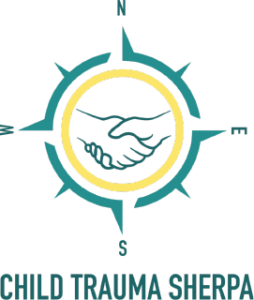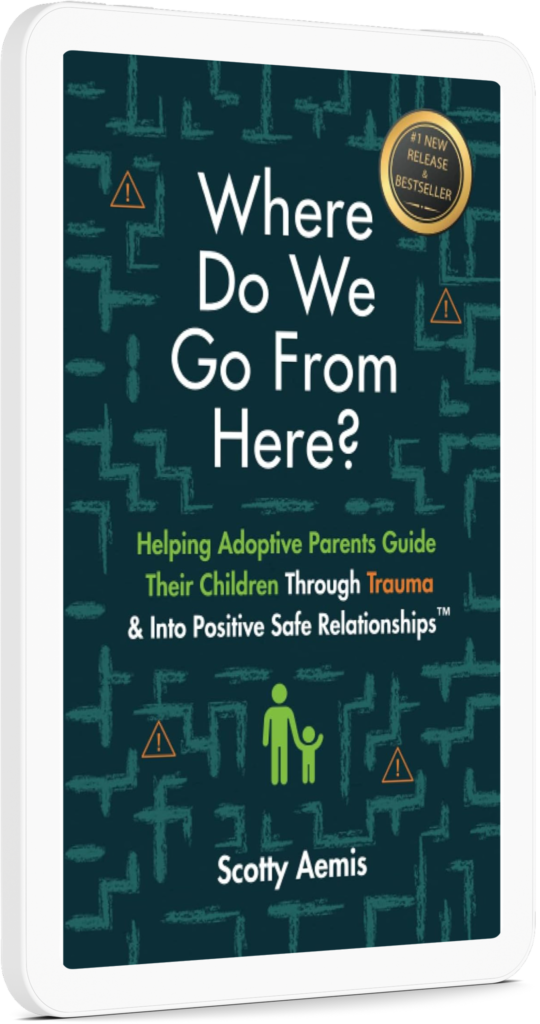Helping Children Heal After Trauma
Trauma comes in many forms and no matter how hard most adults try, we can’t always protect our child from trauma. Natural disasters, bullying at school, a serious illness, or witnessing violence in the community or a previous home can all be scary and traumatic events.
What is Trauma?
Essentially, trauma is a serious event that can cause a child to feel scared or fear for their safety or life. Sometimes, trauma happens once, like a natural disaster. Sometimes it happens over and over, such as bullying or witnessing spousal abuse in the home. When a person has habitual trauma in their life, or experiences more than one traumatic event, this can be referred to as complex trauma. For some children, it may even lead to post-traumatic stress disorder (PTSD) or other severe behavioral issues.
Trauma can affect mood, behavior, and even sleep. Some kids may become withdrawn and sad, while others may feel angry, and others may even feel guilty. For many kids, there is also a sense of loss of self-esteem or dignity.
When we constantly live in fear, our fight or flight system is heightened. This response is controlled by our quick response system in our brain–the brainstem. When it is always working, it doesn’t allow our cortex, that is involved with more complex issues and interactions to properly develop.
There is Hope!
But there is hope for healing! Children and their brains are resilient. The brain doesn’t fully develop until around age 25, which means there is time to correct brain function and help children develop higher-level thought processing in the cortex, also known as neural connections. This allows children to have more regulated emotional reactions to situations, rather than “acting out” due to fear from a triggering event. Helping children develop better self-regulation is what allows them the time and space to heal from their trauma.
Trauma and the Connection to Safety and Trust
Trauma is an event that causes a child to lose their sense of safety and trust. In most cases, trauma is the broken trust between the child and an adult in their life. This can lead children to not feel safe with or trust any adult in their life.
That is why the support you need to give your child with trauma is that of a Positive Safe Relationship (PSR). The PSR system focuses on helping to build relationships with your child that help them to feel safe, loved, and supported. It also focuses on building empathy and creating meaningful connections. And finally, it focuses on building trust. Trust is the foundation of any healthy relationship!
By creating this positive and safe relationship with your child, it will allow you the ability to help guide them in their healing journey. PSR gives children the space they need to work through their trauma. Remember, you can’t do the healing for them; it’s about supporting them and giving them the tools they need (such as regulation activities) to help them heal.
Some ways you can offer additional support include:
- Spending time with your child doing things that are fun or relaxing.
- Parenting with patience and warmth, using kind words, and remembering to give your child praise when they are doing well.
- Showing love by using hugs, smiles, and other caring actions.
- Having soothing routines, such as calming activities during transitions, like reading just before bedtime.
Final Thoughts
Your child has to be the hero of their own story in order for there to be true healing. With your love and support, they will be able to work through their trauma, heal their brain, and become a productive member of the community!
To learn more about what you can do as the parent or caregiver of a child with trauma, read more of our blog or connect with us online!


